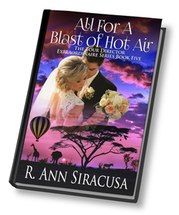
In the simplest terms, the setting of a novel is the time and place in which the action of the narrative takes place. Without place, the characters are just there without reason to act or care. Setting is not only the time, location, and circumstance of where the story takes place, but the social milieu which shapes values and the characters. Not only the mood and texture of the place, but also attitudes, values, and issues of that point in time.
You can set a novel in a place you've never been and pull it off, but it's better to have been there. Physical presence gives you a sense of how the location feels, tastes, and smells. You hear the background sounds, feel the rhythm and pace. These things are often hard to research. Even if you've never been to the location where your novel is set, thinks about those characteristics of place.
I use international travel for the settings in my novels. The uniqueness of each location is my inspiration. When I travel, I look for locations, attitudes, and customs that result in a story that couldn't happen anywhere else and be the same story.
The setting for my latest novel in the romantic suspense series "Tour Director Extraordinaire" is southern Africa. I traveled to South Africa, Botswana, Zimbabwe, and Zambia in 2008, and that trip inspired the novel, All For A Blast of Hot Air. This is the fifth and last of the series.
Everything in Africa moves at its own pace, which tends to be slower and more laid back than the urban parts of the US. When tourists get frustrated about this, the response is a shrug and the words, "This is Africa." The phrase is delivered as more of an explanation rather than an excuse, and they don't understand why we have our panties in a wad.
While I was there, someone we met spoke of having taken a hot air balloon safari. About all I heard was how wonderful the experience had been — I'm not even sure where in Africa she'd been — but the comment struck a chord, and set the stage for the novel.
I was intrigued by Author MaryLu Tyndall's list of six ways the setting can help or hinder the protagonist in achieving his/her goals in general and in a scene. It's worth the time to read her article. http://www.rachellegardner.com/2012/06/using-setting-as-a-character-a-tip-for-novelists/
Here's a recap of her points.
● The setting as a friend / a comfortable, relaxing place where protagonist can reflect, or a safe place to hide from enemies.
● The setting as an antagonist / introduces conflict, trouble, thwarts protagonist's plans.
● The setting as a mentor / a place to learn or make discoveries, a place to prepare to take something on.
● The setting as a shadow for protagonist / a shadow reflects the deepest flaws of the character / a setting that opens the character's eyes to his/her own flaws.
● The setting as a model of what the protagonist wants to be / a setting that fosters qualities to which the protagonist aspires.
● The setting as an example / a setting that either assists or hinders the character in the particular scene.
WHAT DID WE DO IN AFRICA?
So, how does a trip to Africa translate into a unique setting?
We didn't take a hot air balloon safari, but we did go on ground safaris. Unfortunately, there were so many amazing locations and activities in those four countries that just didn't fit into my book. I wanted to write about all of it.
I find that unless I have a rough outline already when I visit the setting, I may or may not pay attention to the details which end up enriching the story. I've learned to be more astute about things which potentially could be woven into a story.
The following experiences are only mentioned in passing in my novel, if at all, but they added to my sense of what southern Africa is like. Think about them and see if these minimal descriptions bring any ideas about settings to your mind. In what kind of book would any one of these setting be appropriate?
WE RODE "RESCUE" ELEPHANTS
These are sick or starving elephants that have been abandoned by the herd. This is unusual because elephants are very social and protective of their own. It has to be a severe situation for them to abandon one. When found, the elephants are brought back to health and used for tourist rides. The money earned goes into the upkeep of the animals. Young elephants might get reintroduced into a herd, but after spending so much time around humans, it's not often the herd will accept the outsider. After the ride you could buy a footprint of the elephant you rode.
Walking with the Lions is part of the "ALERT" program which is intended to reintroduce lions into parts of Africa where the population has been reduced due to farmers killing them to protect their farms and livestock. A century ago, the lion population in all of Africa numbered about 200,000. Now the population is between 20,000 and 30,000. Again, the money earned for these tourists walks (which are actually part of training the lions) helps to fund the program.
WE SAW SMOKE THAT THUNDERS
Victoria Falls (The smoke that thunders) is one of the Seven Natural Wonders of the World
These falls are not the highest or widest in the world, but during the wet season it is the largest falling sheet of water in the world. The full width of the Zambezi River (5,604 feet – over one mile wide) plummets straight down for 354 feet in a single sheet.
Part of the uniqueness of the falls is that there aren't any mountains or deep valleys as you would expect. Just flat land with a wide river…and then you see a billowy column of what looks like white smoke. It's actually the spray from the river plummeting into a deep vertical chasm caused by water erosion over thousands of years in the fracture zones. In the third photo, you can see the other eroded channels that zig-zag across the terrain where the Zambezi continues.
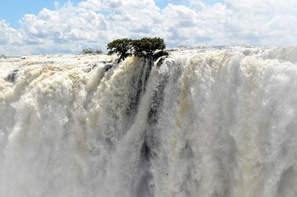
My trip was during the dry season so the falls, impressive as they were, were sparse. The photo to the left shows the flow of water during a really wet season.
Photo source: http://charukesi.com/itchyfeet/2017/06/05/flight-of-the-angels/
WE WATCHED BABOONS
A baboon actually made it into the novel as a secondary character. In person, they are bigger than I expected and can be very scary.

In southern Africa, baboons run free like squirrels and coyotes. They're incredibly smart, can open most locks, and harass the tourists by breaking into cars and homes looking for food. The one below is in a golf cart at a golf course. They also steal the golf balls. The other photo is in a national park. We were warned at the lodge to be sure our balcony doors were locked with a special lock if we left the room. Baboons will come inside looking for food, and they don't mind breaking things.
▼ Photo source: https://www.pga.com/news/golf-buzz/do-not-monkey-around-baboon
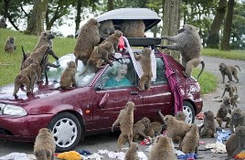
◄ Photo: Cavendish Press i.dailymail.co.uk/i/pix/2009/07/20/
This photo is used by one of the African National Parks Services to warn tourists and campers about leaving food around.
WE PHOTOGRAPHED BAOBAB TREES
These are unusual trees that grow only in Africa and Madagascar. The branches look like spread out like roots, hence the names "upside-down tree".
Every part of the tree can be used, which the primary reason it is called the tree of life. It's fruit, bark, roots, and wood provide innumerable products used by the native African peoples for thousands of years. Food, red dye, Vitamin C, medicine, rope and strings for musical instruments. Canoes are carved from the wood. The list goes on and on.
My heroine ends up spending the night in one of these trees with the Manny.
| | WE ATE WORMS Zebra pate, Mopani worms, and soup with crickets. Oops! That wasn't the way the soup was prepared. The cricket flew into the open-air restaurant at our very nice hotel in Zimbabwe and landed in my friend's soup...but it didn't have anywhere to land in the book. The Mopani worms, which are actually caterpillars, don't look like this when you eat them...well, not exactly. These are the staple protein for much of Africa. |
In some cases, with disastrous results. This part of the African trip definitely made it into the book with some interesting consequences when the hero and heroine make love. The example below shows the most predominant styles of hanging netting.
Can you see why these features which don't exist everywhere can bring the flavor and uniqueness to the novel? Unless you have a reason to use a mosquito netting, you can't pull it out of the ceiling on top of you making love.
P.S. Put a safari on your bucket list.
□
Sources
Cavendish Press i.dailymail.co.uk/i/pix/2009/07/20/
http://www.rachellegardner.com/2012/06/using-setting-as-a-character-a-tip-for-novelists/
https://www.trailfinders.com/hotels/africa/zimbabwe/victoria-falls-town/victoria-falls-safari-lodge
https://yellowzebrasafaris.com/inspiration/all-trips/zimbabwe-honeymoon-safari-value/
https://www.swaindestinations.com/africa/lodging-details/474/victoria-falls-safari-lodge
http://www.madbookings.com/victoria_falls/victoria_falls_francais.htm
https://www.go2africa.com/tours-safaris/romantic-pretoria-vic-falls-delta
http://charukesi.com/itchyfeet/2017/06/05/flight-of-the-angels/
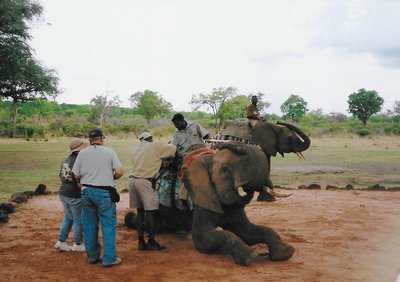
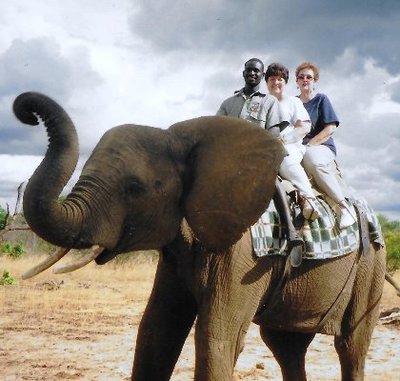
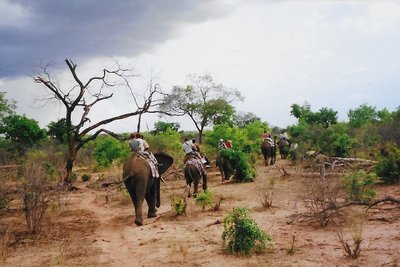
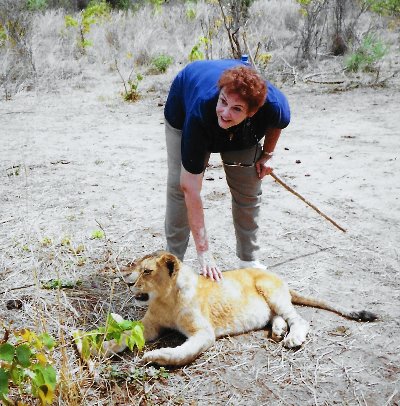
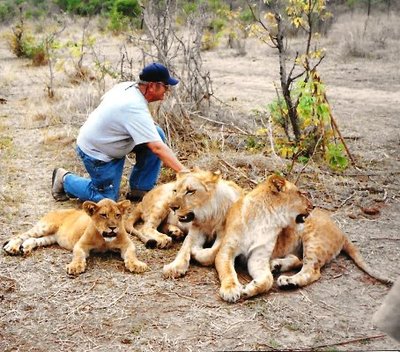
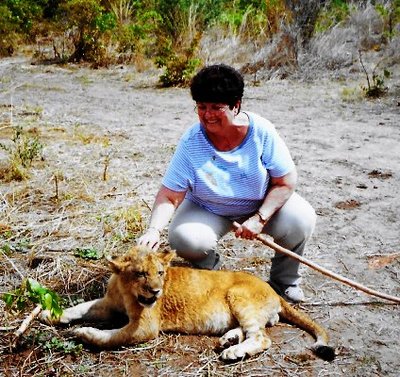
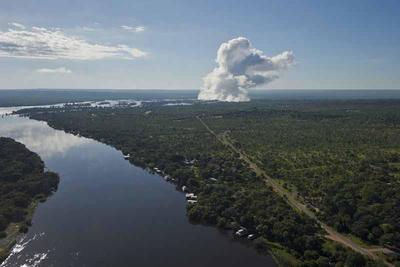
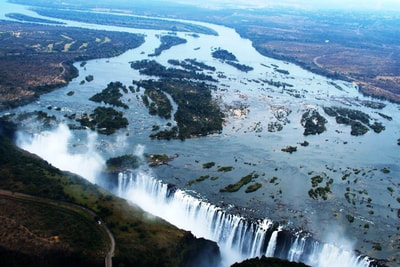
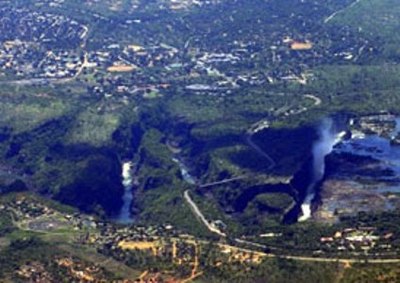
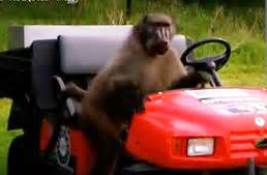
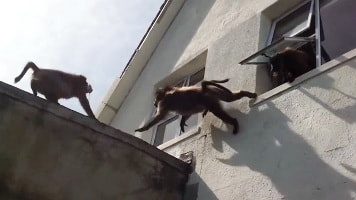
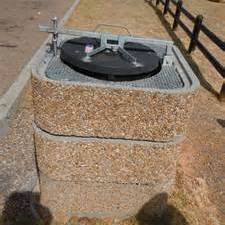
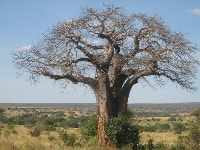
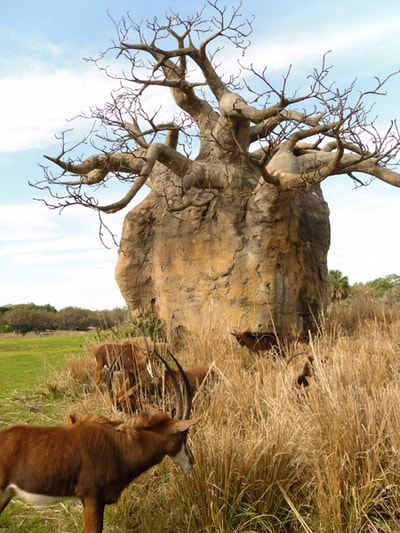
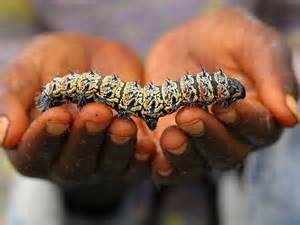
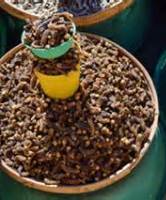
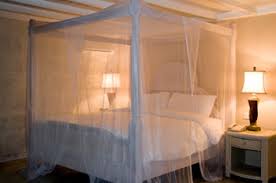
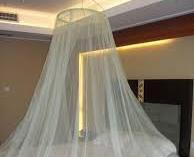
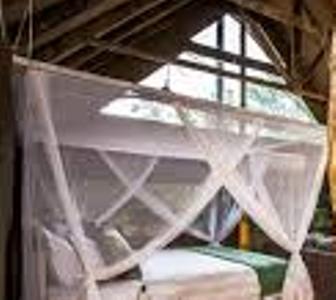

 RSS Feed
RSS Feed